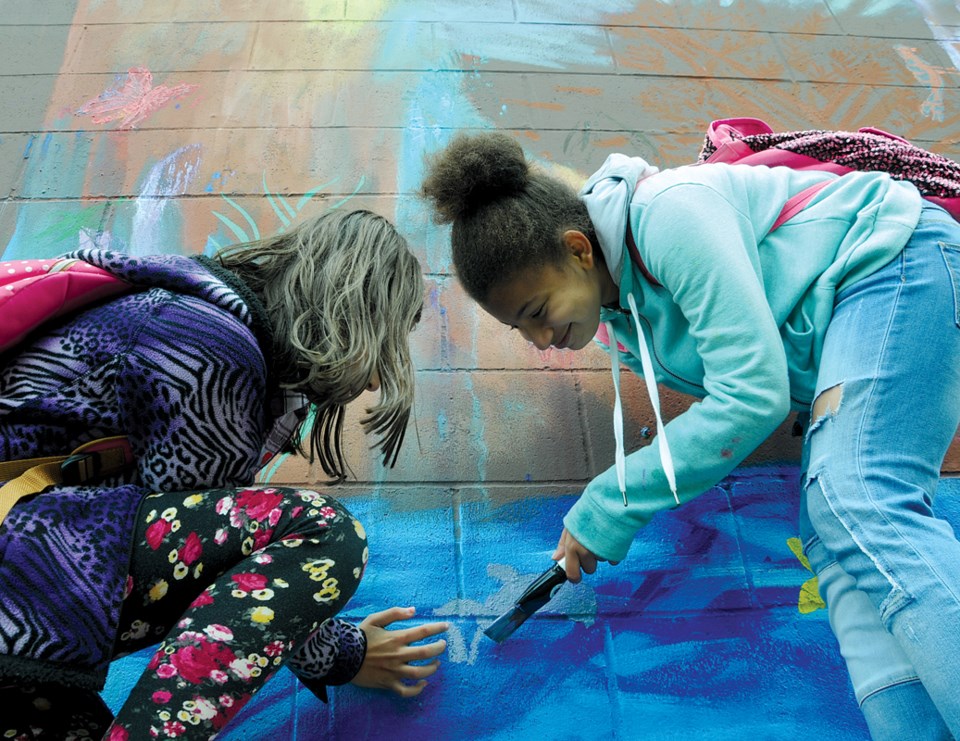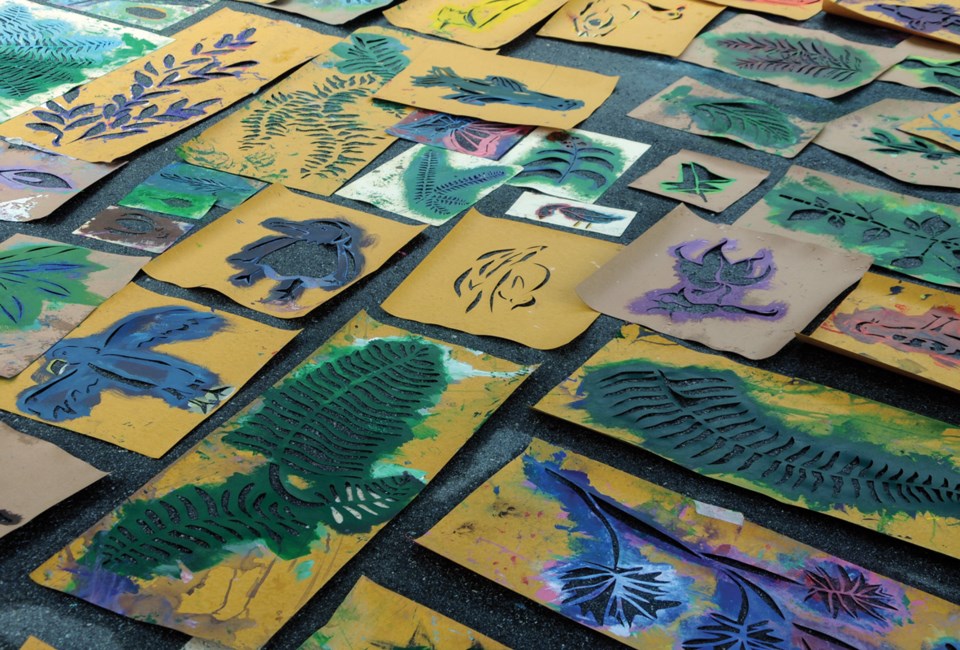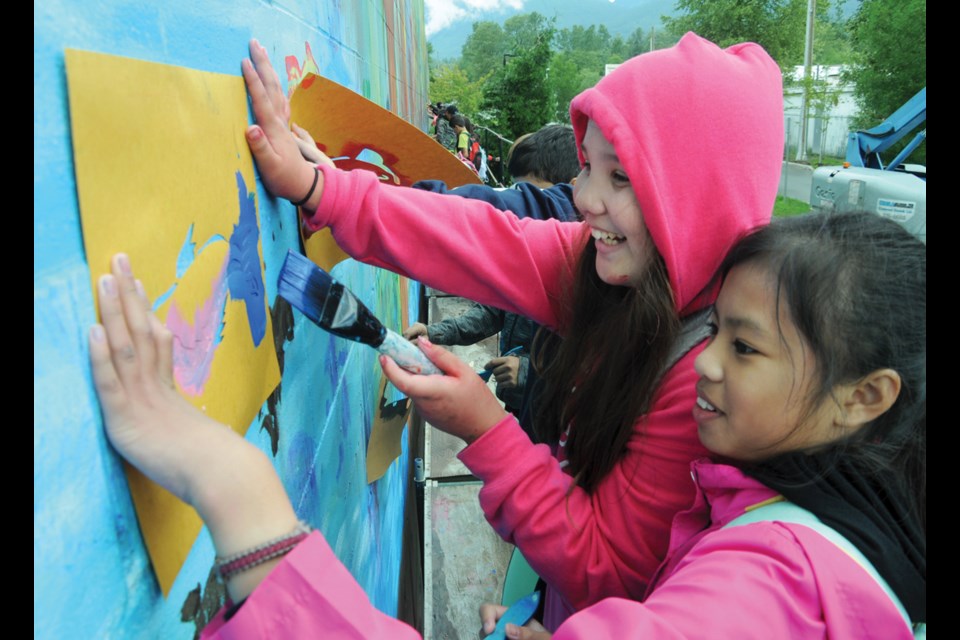In the summer of 2007, a punctured pipeline sent 224,000 litres of Kinder Morgan’s heavy synthetic crude into the air like a geyser.
Approximately 78,000 litres of oil seeped into the Burrard Inlet, impacting 17 kilometres of shoreline and costing Kinder Morgan more than $15 million in remediation costs.
After pleading guilty to violating the Environmental Management Act, the three companies involved in the accident were fined $450,000 – money that went to the Habitat Conservation Trust Foundation.
“It was like a gift,” recalls Ken Ashley, one of the directors of the HCTF.
Those funds could’ve gone toward protecting moose habitat or any number of worthwhile initiatives, but Mosquito Creek resident Ashley made the case the HCTF should focus the cash on waterways near the spill.
“The thing that’s in most danger in Burrard Inlet is estuaries because there’s just little tiny bits of them left,” he says, recalling the case he made to higher-ups at the HCTF. “It took about 10 seconds and the board said: ‘Done.’”
Through numerous collaborations including work with the Tsleil-Waututh and Squamish nations, the City and District of North Vancouver, as well as the Coho Society, that $450,000 stretched into approximately $2 million worth of restoration work at Seymour River as well as Lynn, Mosquito and Mackay creeks.
As joyful Queen Mary elementary fifth-graders in paint-smeared garbage bag-smocks put their personal touches on the Gostick Place mural overlooking the Spirit Trail, Ashley reflects on their handiwork. “Hundreds and hundreds of people (will) see this mural, and it’ll make them start asking questions,” he tells the children.

“The whole thing is to raise people’s awareness about estuaries and the problem with how they’ve been degraded.”
Dredging stripped a stretch of Seymour River bare, resulting in a 78 per cent fatality rate for salmon, according to a three-year study authored by the Seymour Salmonid Society.
It’s critical those estuaries incorporate a habitat salmon can use to evade predators like seals and birds of prey, according to Ashley.
“When you’re a juvenile salmon everybody wants to eat you, when you’re an adult salmon everybody wants to eat you,” he says.
The brackish water of the estuary lets salmon acclimatize to saltwater before swimming out to Burard Inlet. The process also imprints fish with the chemical signature of the river, helping them find their way back.
In order to offer the trout, coho, chinook and chum salmon a few good hiding spots, the society added more than 80 large debris structures, as well as boulders, and beds of eelgrass.
More recently, a $335,000 project at Lynn Creek estuary involved loading 100 logs into the creek’s gravel bars to allow fish to gain a fin-hold in the debris, which was previously too rocky for plants to grow.
Workers also replaced invasive species of ivy and holly with grass and clover.
It may take several generations to determine the success of the project, according to District of North Vancouver staff.
“Today there’s optimism,” says Randall W. Lewis, environmental co-ordinator with the Squamish Nation. “We’re bringing a small pulse back into this area.”
Growing up, Lewis heard Squamish elders tell stories about abundance on the inlet and flocks of birds that “blocked out the sun.”
As a boy, his grandmother would send him to the shore alongside his 13 brothers and sisters to look for shellfish and crabs exposed by the ebb tide. He says he used to peel a pinching crab from his toe, take it back to his grandmother’s house, and throw it in the pot. “That was lunch,” he recalls. “You can’t do that anymore.”
While the hundreds of species might not come back, Lewis says the artificial riparian habitat created by adding stumps and logs could help.
“That’s just trying to reflect what Mother Nature naturally used to do,” he explains.
Underlining all that stream restoration work are 1,000 drawings created by children that are incorporated into the mural on the back of Northwest Hydraulic Consultants in North Vancouver.
“We live on the North Shore, we live in salmon habitat, and if we want to keep salmon on the North Shore, we have to make a huge effort to protect these areas,” says artist Ron den Daas, who co-ordinated the mural. “That’s what this program’s all about.”
The children’s contributions range from broad perspectives of towering trees to intricate inspections of a single leaf. That contrast, “mirrors the complexity of our local ecosystem,” den Daas notes.
A black cloud passes overhead and den Daas calls the young painters off the wall as rain pummels the makeshift canopy. Most oblige, but one girl dances in the rain.




